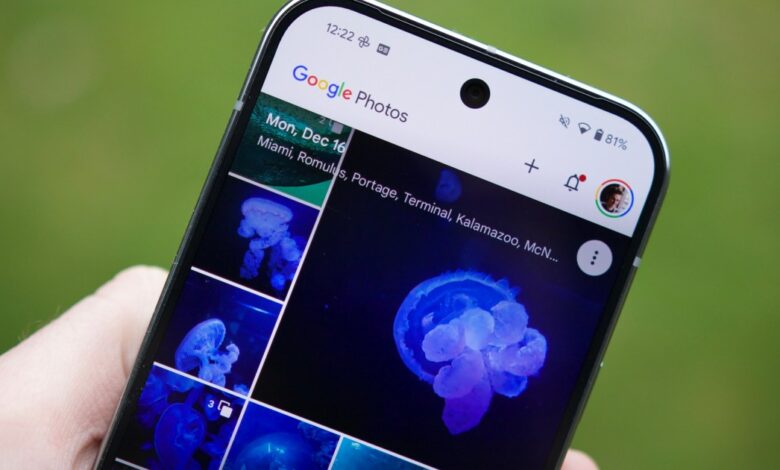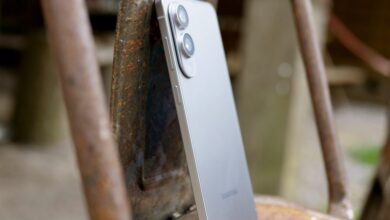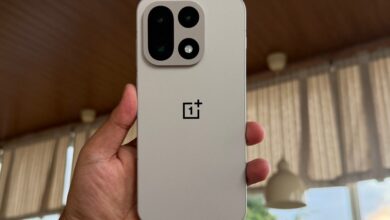Transform Your Photos: Google Photos Now Supports Ultra HDR Magic!

Google Photos Introduces Ultra HDR Feature
Google Photos is rolling out a new feature that allows users to transform standard photos into Ultra HDR images. This enhancement captures a broader range of brightness levels, resulting in pictures with improved detail and color.
Availability of the New Feature
Currently,this feature is not accessible to everyone. Reports indicate that it has been hidden within the app for some time but has recently started appearing for select users. To fully experience the benefits of HDR, you need an HDR display. Many smartphones support this technology, including models like the Google Pixel 9a, Samsung Galaxy S25, and OnePlus 13R. If your phone does not have an HDR screen, you can still convert your photos and view them on another compatible display later.
How to Access ultra HDR
To find out if you have access to this new feature,ensure that your Google Photos app is updated to version 7.24.0.747539053 or later. You can locate the Ultra HDR option in the “Adjust” menu alongside other tools like contrast and brightness sliders. If you see “HDR effect” instead of Ultra HDR, it means your app needs updating; this older effect only modifies brightness and shadows without creating true High Dynamic Range images.
Understanding How It Works
The new Ultra HDR feature operates differently from customary photo capturing methods used in true HDR photography. When taking an actual HDR photo, a smartphone captures three seperate images at varying brightness levels before merging them into one final image.
In contrast, Google’s method adds what’s called a “gain map” to your existing photo by storing additional brightness data specifically for use on HDR displays. This allows these screens to enhance dynamic range more effectively than they could with standard images alone.
If you're curious about how much difference this makes visually, there are before-and-after examples available online showcasing these changes.
Experimenting with caution
At present, details about how Google creates these gain maps remain unclear as well as how they impact overall image quality during conversion processes. If you're interested in trying out this new feature now but want to keep your original photos safe from any unwanted changes or loss during experimentation—consider making duplicates first.
This way you can explore all options without risking damage or alteration to your initial files while enjoying enhanced visual experiences through upgraded technology offered by Google Photos’ latest update.





